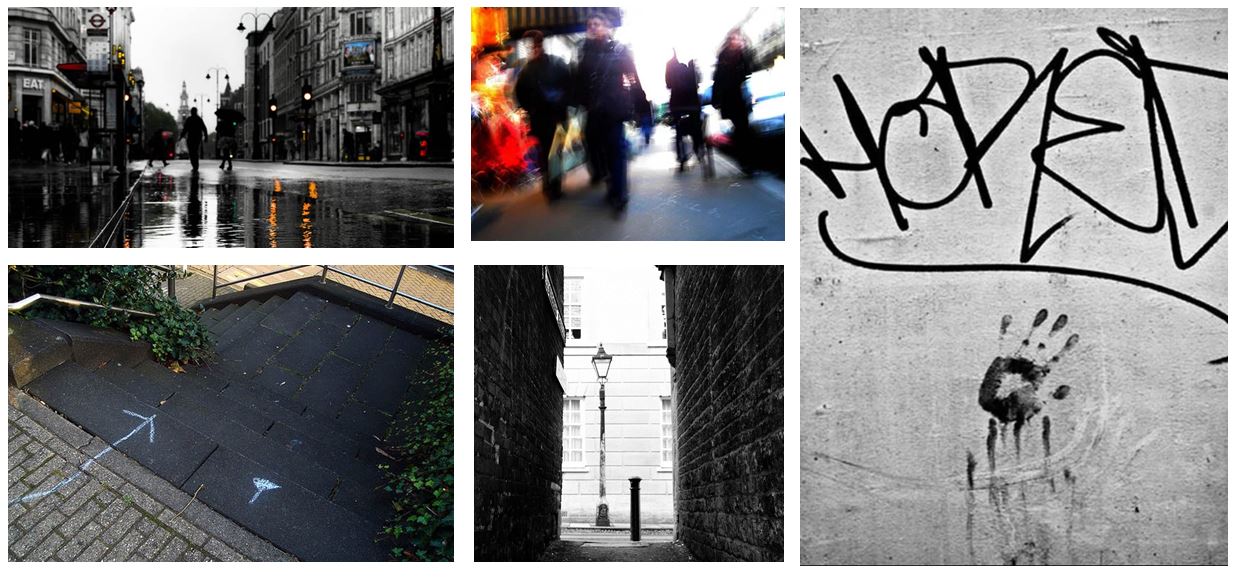
The term psychogeography was invented by the Marxist theorist Guy Debord in 1955 in order to explore this. Inspired by the French nineteenth century poet and writer Charles Baudelaire’s concept of the flâneur – an urban wanderer – Debord suggested playful and inventive ways of navigating the urban environment in order to examine its architecture and spaces.

- Psychogeographers advocate the act of becoming lost in the city. This is done through the dérive, or “drift”.
- In a dérive one or more persons during a certain period drop their usual motives for movement and action, their relations, their work and leisure activities, and let themselves be drawn by the attractions of the terrain and the encounters they find there…
- But the dérive includes both this letting go and its necessary contradiction: the domination of psychogeographical variations by the knowledge and calculation of their possibilities
- Psychogeography gained popularity in the 1990s when artists, writers and filmmakers such as Iain Sinclair and Patrick Keiller began using the idea to create works based on exploring locations by walking.
- Psychogeographers idolise the flâneur, a figure conceived in 19th-century France by Charles Baudelaire and popularised in academia by Walter Benjamin in the 20th century. A romantic stroller, the flâneur wandered about the streets, with no clear purpose other than to wander.

- Because purposeful walking has an agenda, we do not adequately absorb certain aspects of the urban world.
- This is why the drift is essential to psychogeography; it better connects walkers to the city.
“The study of the specific effects of the geographical environment, consciously organised or not, on the emotions and behaviour of individuals.”
“And in broad terms, psychogeography is, as the name suggests, the point at which psychology and geography collide, a means of exploring the behavioural impact of urban place”.
